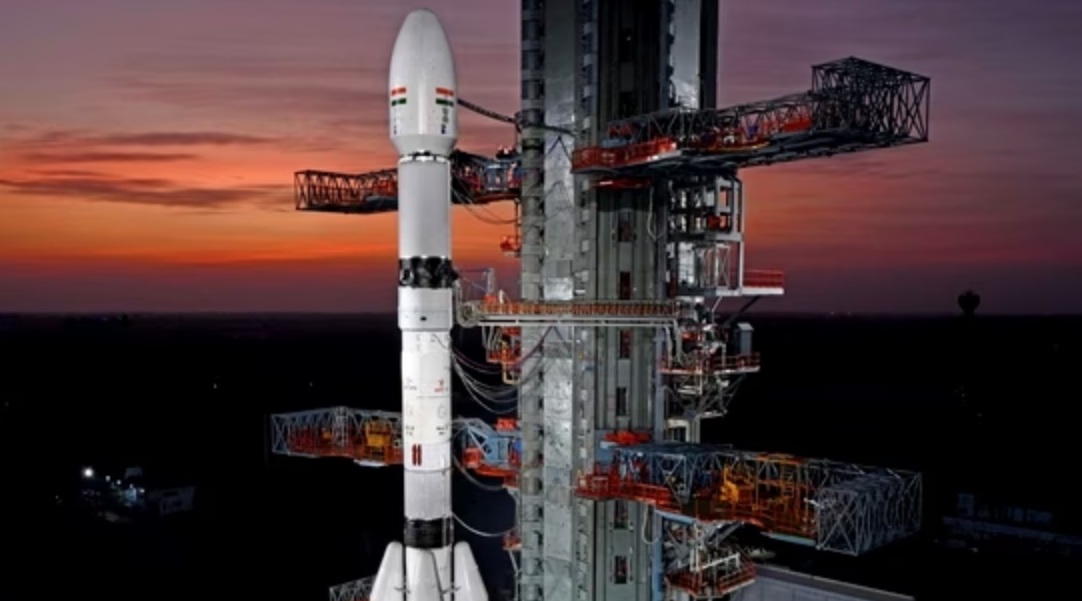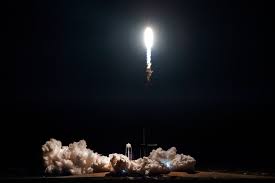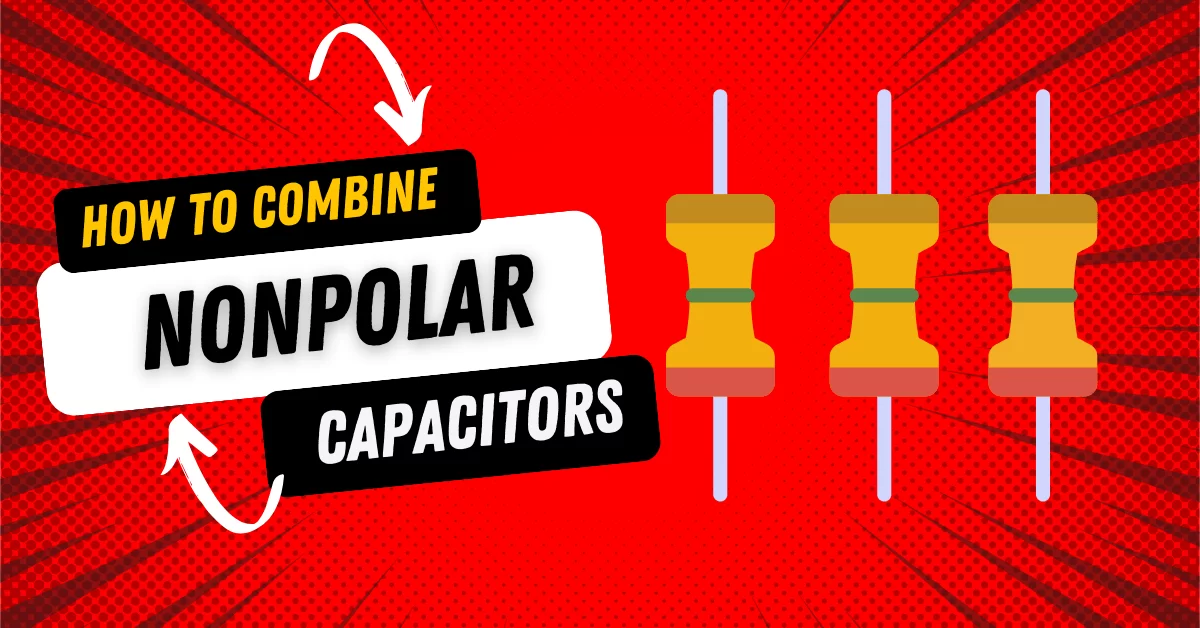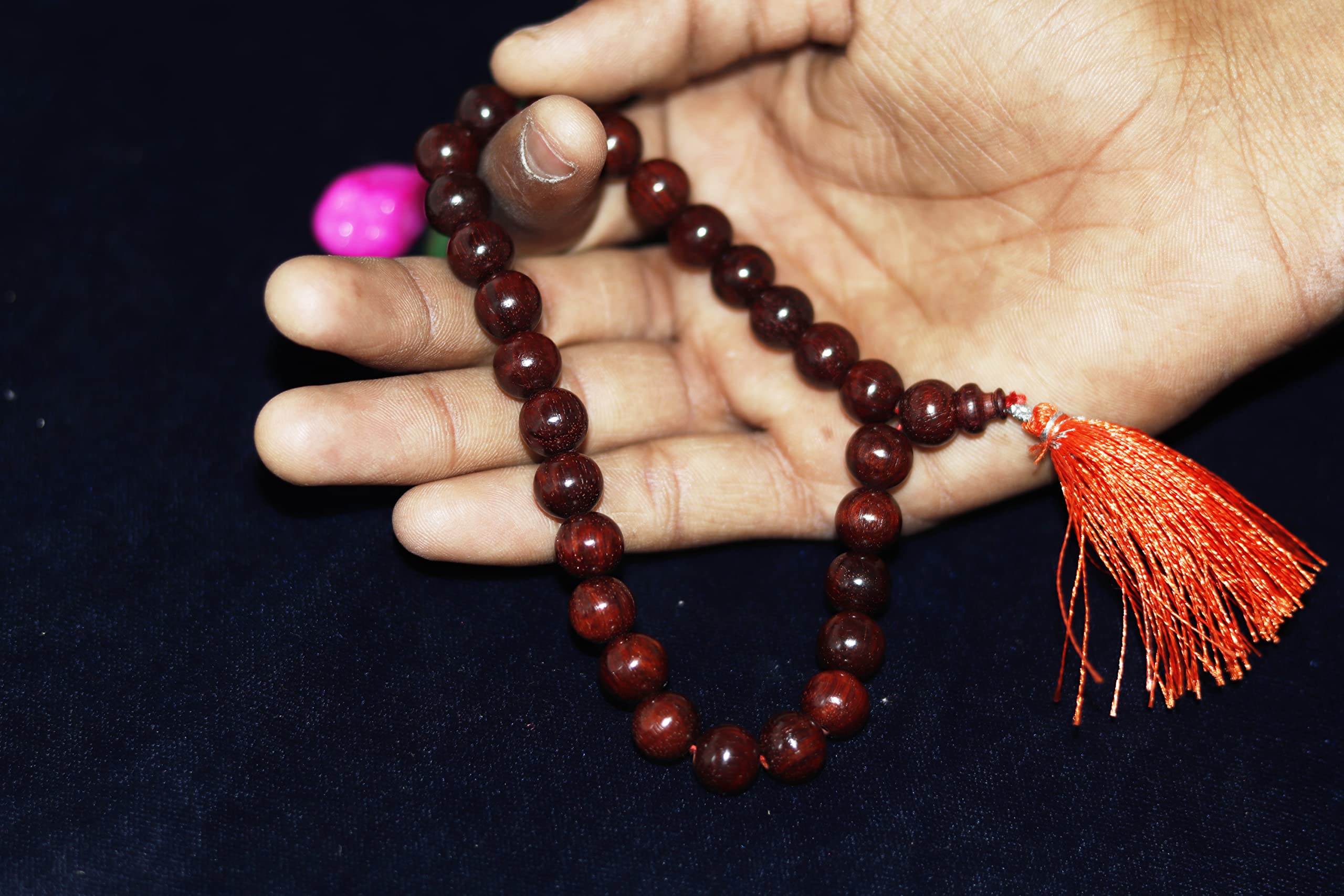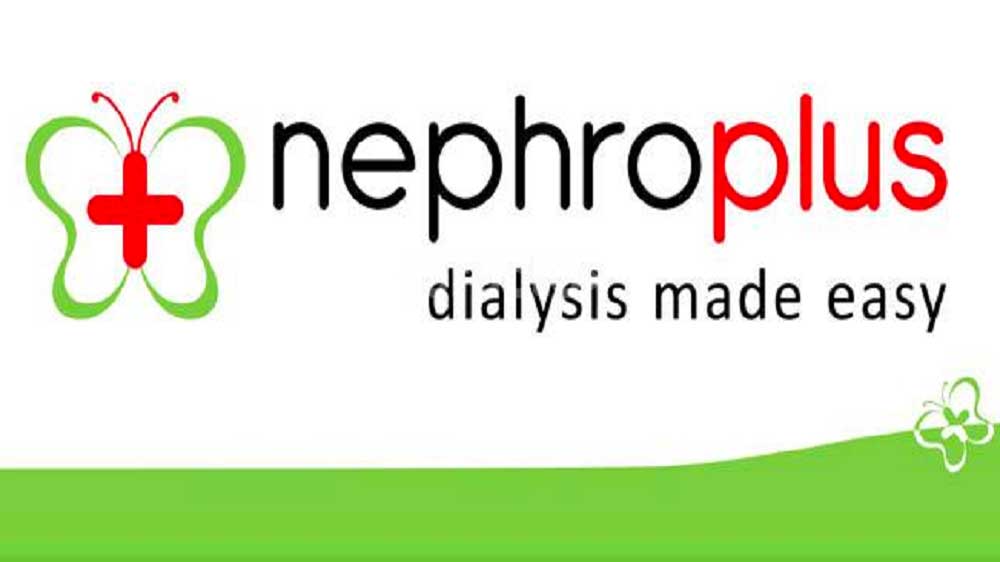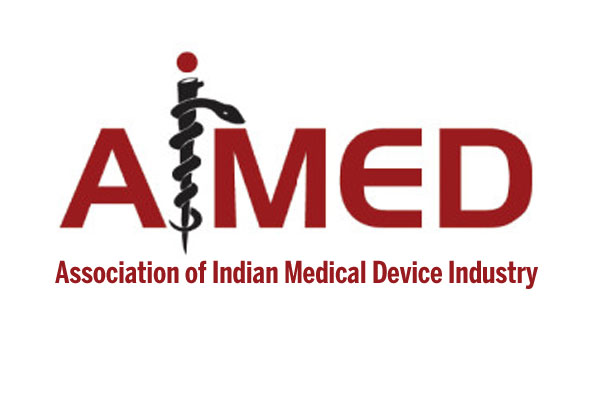Despite the successful launch of the SpaceX Crew Dragon manned spacecraft as part of the Demo-2 (DM-2) mission, the United States National Aeronautics and Space Administration (NASA) intends to continue to cooperate with Roscosmos in sending astronauts to the ISS.
According to Forbes, NASA plans to pay the Russian space agency to send one of its astronauts on the Soyuz spacecraft to the ISS, and Russian cosmonauts are likely to go into space from the cosmodrome in Florida next year.

Last week, NASA announced that it would send astronaut Kate Rubins (Kate Rubins, pictured above) to the ISS to participate in a six-month mission as a flight engineer and crew member of Expedition 63/64.
NASA will pay Roskosmos $90 million for the delivery of an astronaut to the ISS
Rubins will be sent to the ISS along with cosmonauts Sergei Ryzhikov and Sergei Kud-Sverchkov on the Soyuz MS-17 spacecraft, which is expected to launch from the Baikonur cosmodrome in Kazakhstan on October 14, 2020. For this, NASA will pay Roskosmos $ 90 million ($ 90 252 905.69) – exactly as much as the cost of a place in the “Union” for the US astronaut before the successful flight of SpaceX Crew Dragon.
NASA spokeswoman Stephanie Schierholz explained in an e-mail to Forbes that this included paying the astronaut for the launch, flight, landing, and emergency skills training during a long mission, as well as paying the cost of shipping and support services on launch and landing.
NASA spokeswoman Stephanie SchierholzWhen asked why Rubins would not be sent to the ISS with NASA colleagues Michael Hopkins, Victor Glover and Shannon Walker, as well as JAXA astronaut Soichi Noguchi on the SpaceX Crew Dragon The launch of which is scheduled for August 30, the representative of the space agency replied that he had signed a contract for four seats, and additional seats (Crew Dragon has seven seats) are used to deliver goods.
Schierholtz also said that in the future, NASA plans to launch on the ISS on its own. At the same time, the space agencies of the United States and Russia are discussing the possibility of using the Unions, Crew Dragon and Boeing Starliner to send crew members to the international space station.
